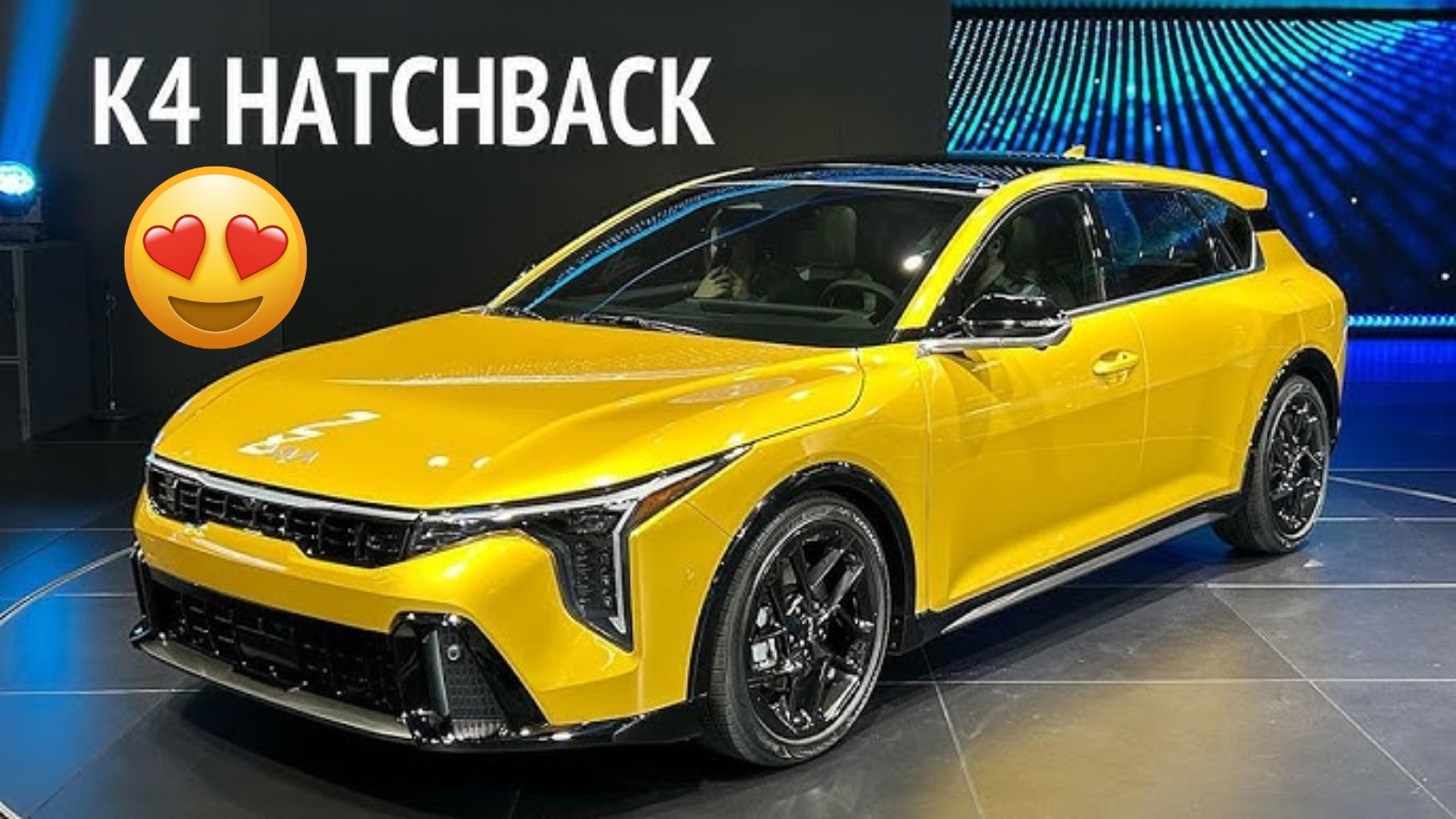If you’re shopping for a small car that won’t break the bank at the fuel pump, there’s good news coming your way. Kia Australia has confirmed that the upcoming K4 Hatch will arrive in the fourth quarter of 2025, bringing with it a more efficient engine option that could save you money every time you fill up.
What’s New with the K4 Engine?
The headline feature isn’t just the hatchback body style that Australian buyers have been waiting for. Kia is introducing an Atkinson-cycle 2.0-litre four-cylinder engine paired with what they call an Intelligent Variable Transmission (IVT) – essentially a continuously variable transmission (CVT) designed to maximize fuel efficiency.
This isn’t completely new technology for Kia. You can already experience this drivetrain in the Seltos small SUV, as well as the related Hyundai i30 Sedan and Kona crossover. What makes it special is how it prioritizes fuel economy over outright power.

Power vs Efficiency Trade-off
Here’s where things get interesting for practical buyers. The new engine produces slightly less power than the current 2.0-litre engine – 110kW and 180Nm compared to 112kW and 192Nm. That’s a difference you’re unlikely to notice in daily driving, but the efficiency gains are substantial.
According to Kia Australia’s product planning team, the new engine delivers approximately 30 grams per kilometer improvement in CO2 emissions compared to the current 2.0-litre MPI engine. For context, the related Hyundai i30 Sedan with this same Atkinson-cycle engine achieves an impressive 6.1L/100km fuel consumption and just 139g/km of CO2 emissions.
Current K4 Performance vs New Engine
| Current K4 Specifications | New Engine Specifications |
|---|---|
| 2.0L MPI: 112kW/192Nm | 2.0L Atkinson: 110kW/180Nm |
| 6-speed automatic | IVT (CVT) transmission |
| 7.4L/100km fuel consumption | Expected ~6.1L/100km |
| 167g/km CO2 emissions | Expected ~139g/km CO2 |
Why This Matters for Your Wallet
Rising fuel costs have made efficiency a priority for many car buyers. The potential improvement from 7.4L/100km to around 6.1L/100km could translate to real savings. For someone driving 15,000 kilometers annually, that difference could save roughly 195 liters of fuel per year.
Market Response and Sales Expectations
The K4 sedan has had a challenging start since its launch earlier this year, with 1,892 registrations through May compared to its predecessor Cerato’s 6,323 registrations in the same period last year. However, recent months show growing momentum, and industry experts believe the hatchback variant will significantly boost sales.
The ANCAP Factor
One current limitation affecting K4 sales is the absence of an ANCAP safety rating, which many fleet buyers require. Once this rating is achieved, along with the introduction of the hatchback body style, Kia expects a substantial increase in sales volume.
Australia’s Hatchback Preference
Australian car buyers have consistently shown a preference for hatchback body styles over sedans in the small car segment. The addition of a K4 Hatch addresses this market preference while potentially offering the improved efficiency that modern buyers demand.
Competition in the Small Car Space
The small car segment remains competitive, with established players like the Toyota Corolla leading with 1,576 sales in the most recent monthly figures, followed by the Hyundai i30 with 909 sales and Mazda 3 with 735 sales. The K4’s current 577 monthly sales figure shows promise, especially considering it’s still a sedan-only offering.
What About Hybrid Options?
While Kia hasn’t confirmed timing for a K4 Hybrid variant, industry insiders suggest it’s planned for future introduction. This would likely use the 1.6-litre hybrid system already found in Hyundai’s i30 Sedan and Kona hybrids, producing 104kW and 265Nm while delivering even better fuel economy.
Environmental Considerations
The timing of this engine introduction aligns with Australia’s New Vehicle Efficiency Standard (NVES), which encourages manufacturers to offer more efficient vehicles. The improved CO2 emissions of the new engine help Kia meet these evolving requirements while giving environmentally conscious buyers a better option.
Should You Wait for the K4 Hatch?
If you’re currently shopping for a small car and fuel efficiency is a priority, waiting for the K4 Hatch could be worthwhile. The combination of better fuel economy, lower emissions, and the preferred hatchback body style makes a compelling case for patience.
The fourth quarter 2025 launch timing means you’ll likely see the K4 Hatch in showrooms around October or November, coinciding with the 2026 model year production.
Frequently Asked Questions
Q: When exactly will the K4 Hatch be available in Australia?
A: Kia has confirmed a fourth quarter 2025 launch, likely around October-November.
Q: Will the new engine be available in the current K4 sedan?
A: Yes, both the K4 Hatch and existing K4 Sedan will receive the new engine option.
Q: How much more efficient is the new engine?
A: Expect improvements from 7.4L/100km to approximately 6.1L/100km based on related models.
